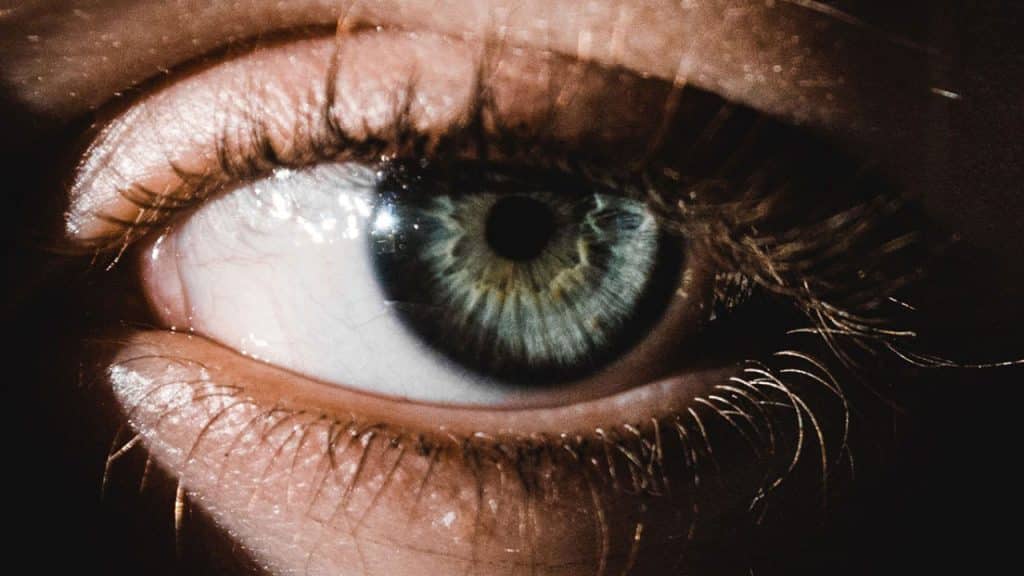It is amazing to think about which random parts of the body can be used to provide broader information about our health. It’s not all about hormone levels and blood sugar. Even something as apparently innocuous as the thickness of your cornea has a tale to tell, especially when it comes to diseases of the eye (https://longevity.technology/news/occuity-publishes-corneal-thickness-trial-results/).
The cornea is the frontmost part of the eye, a transparent cover for the iris and pupil. Like the lens, it has the ability to refract light, and it plays a major part in the eye’s ability to focus. It’s actually made out of six layers, with areas of epithelial tissue, keratocytes and different types of collagen. It also has a dense and highly sensitive collection of nerves. Trying to touch your cornea will lead to your eyelid automatically trying to close.
There are a variety of problems that can affect the cornea, from a traumatic injury to inflammation and degeneration. One of these potential issues is called corneal dystrophy. Corneal dystrophy is actually a name for a collection of rare disorders caused by mutated genes that you can inherit. The most notable symptom is the slow buildup of a cloudy substance in the cornea, causing varying degrees of visual impairment and/or pain.
Corneal dystrophy can show up early in life but progresses slowly and doesn’t always present with obvious symptoms. This can make diagnosis tricky. One way to assess it is by measuring your central corneal thickness (CCT). This can help you manage the condition more effectively, from eyedrops in the early stages to contact lenses for weakened vision and corneal transplants in the most severe cases.
It’s not only corneal dystrophy that can be diagnosed and analyzed more effectively by measuring corneal thickness. Glaucoma, a condition that causes vision loss through damage to the optic nerve and is often associated with age, has several indicators that an optometrist may check. This includes using a procedure called tonometry to measure interocular pressure. The accuracy of this pressure reading can be influenced by your corneal thickness, so you may need to measure CCT as well to allow for appropriate adjustments to your results.
You can measure CCT with a device called a pachymeter. A new model using confocal technology is currently being trialed to provide a reliable, non-contact, handheld version that could make CCT measurement more accessible.




